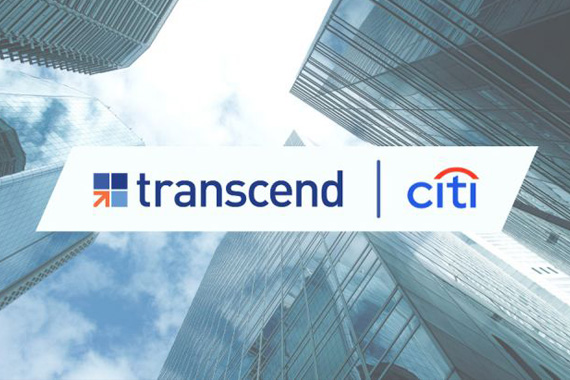Why Collateral Validation is Instrumental in Collateral Management
- By Mark Jennis and Tom Garley
- Mar 15, 2023
- Blog
Collateral management has become a critical capability for transacting in the global financial markets. Whether it is trading repo, securities lending, loans, FX or any type of derivatives, collateral is required to secure exposures and reduce counterparty risk; with collateral exchanged minimally daily and increasingly intraday. While there has been a focus on collateral pledgors, the plight of the collateral receiver has often been ignored. This challenge has been particularly pervasive for the buy-side who often lack the tools to ensure that the collateral they hold complies with governing eligibility schedules. Collateral is used as a meaningful credit/market risk mitigant and firms have negotiated a variety of terms such as product eligibility, concentration and haircuts to control these risks. However, without independent validation, firms may still have significant residual risks. Collateral validation is an unappreciated and essential compliance tool for ensuring that the collateral markets work the way the industry and regulators intended.
What History has Taught Us
There are many potential negative consequences from not properly validating collateral. History is rife with incidents where firms realized that the collateral they received was insufficient to cover their exposures. This has typically occurred during periods of market contagion or high volatility and has often led to significant losses. Even during stable markets, clients often communicate instances where the collateral they receive is ineligible or insufficient; whether for repo, UMR or stock lending. This often results from complex collateral schedules or out-sourced third-party oversite, e.g. relying on the risk management capacity of tri-party agents. More concerning is that many if not most firms are unable to validate collateral in time frames necessary to mitigate the risk. If they do validation, their processes are manual and not scalable. Building a proper solution is not easy. Even for many automated solutions, platforms often lack the capability to connect with triparty and third-party custodians, digitize, integrate and harmonize various eligibility schedules, capture the right product data, and support complex eligibility schedules.
Regulators and audit functions have assessed this problem and are increasingly requiring firms to demonstrate that their collateral is validated.
Key components of a Collateral Validation Solution
There are a number of key elements that are critical for an effective and scalable validation process.
Digital eligibility schedules – A centralized repository of eligibility data is an essential foundation for a standardized, automated validation process.
Connectivity, integration, and harmonization- Seamless connectivity and integration with custodians, triparty agents and clients and the harmonization of product, eligibility and margin data is critical to ensure scalability of validation processes and the efficient resolution of exceptions.
Comprehensive validation checks—The validation engine should be robust enough to validate collateral across multiple dimensions including but not limited to wrong way risk, sufficiency, concentration and eligibility. It should also have the capability to measure and prioritize risk such that the exceptions with most risk are highlighted to the user. The platform should also provide clarity regarding the reason for the validation exception.
Real-time exception mgt processes – Validation should be at minimum a daily process so that exceptions are identified and corrected as soon as possible, and issues are communicated internally and externally appropriately. A platform should enable the assignment of exceptions, aging of unresolved exceptions, and provide a full audit trail.
More Challenges as Markets Evolve A recent survey of collateral by Finadium indicates that the size of the collateral markets are now 25.5 trillion USD, up from 19.8 trillion USD in 2019. Not validating this collateral on a regular basis will be a huge risk for all collateral receivers as the market continues to grow. Fortunately the tools are now available to manage and mitigate this risk. We look forward to the continuing dialog with our partners @Acadia and clients to solve this important challenge.
Introducing Transcend
Transcend’s team has decades of experience solving cash and collateral challenges for both sell-side and buy-side clients. With a state-of-the-art, modular platform, Transcend’s clients can quickly fill in workflow gaps to address the challenges of today’s borrowing and investing environment. Click here to get in touch with the Transcend team.







